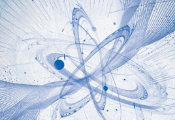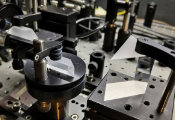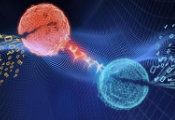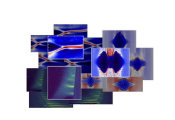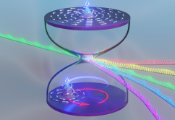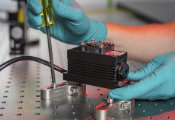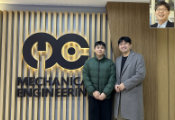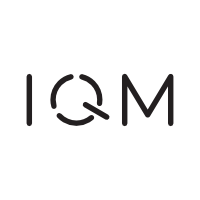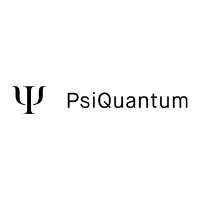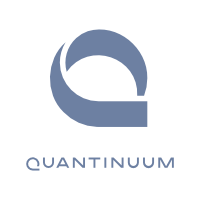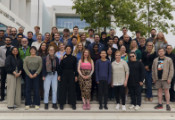Quantum eMotion Announces Successful Completion of Quantum Simulation Project Evaluating Sentry-Q Cryptographic Architecture
Montreal, Quebec, June 26, 2025 -- Quantum eMotion Corp. ("QeM" or the "Company"), a developer of quantum-secure technologies, announces the completion of an internal quantum simulation project assessing aspects of its cryptographic architecture.
The benchmarking project, conducted in collaboration with PINQ², utilized IBM's Qiskit quantum computing framework to simulate Grover's algorithm—a quantum search algorithm known for its theoretical ability to speed up brute-force attacks on symmetric encryption schemes. The analysis focused on evaluating the relative complexity of attacking symmetric encryption algorithms when enhanced with entropy from QeM's proprietary Quantum Random Number Generator (QRNG).
Key Observations:
- Simulations indicate that the success rate of Grover's algorithm decreases significantly with increasing key size.
- The integration of QeM's QRNG appears to increase oracle complexity and circuit depth in the simulated quantum circuits, suggesting a higher computational burden for potential quantum attackers.
- At projected real-world key sizes (e.g., 256 bits), Grover's algorithm would require approximately 2¹²⁸ iterations to succeed, rendering such attacks infeasible with foreseeable quantum hardware.
"While our simulations are conducted at small key sizes, the extrapolated trends support a clear conclusion: the integration of our QRNG-generated entropy demonstrates characteristics consistent with strong resistance to quantum attacks," said Dr. Francis Bellido, CEO of Quantum eMotion. "This work strengthens our confidence in the security-by-design approach we are taking with Sentry-Q and our broader post-quantum product roadmap."
The project lays the groundwork for future validation in embedded and edge environments. Next-phase development will include hybrid testbenches and real-time emulation of cryptographic architectures enhanced with QRNG under constrained computing conditions.

